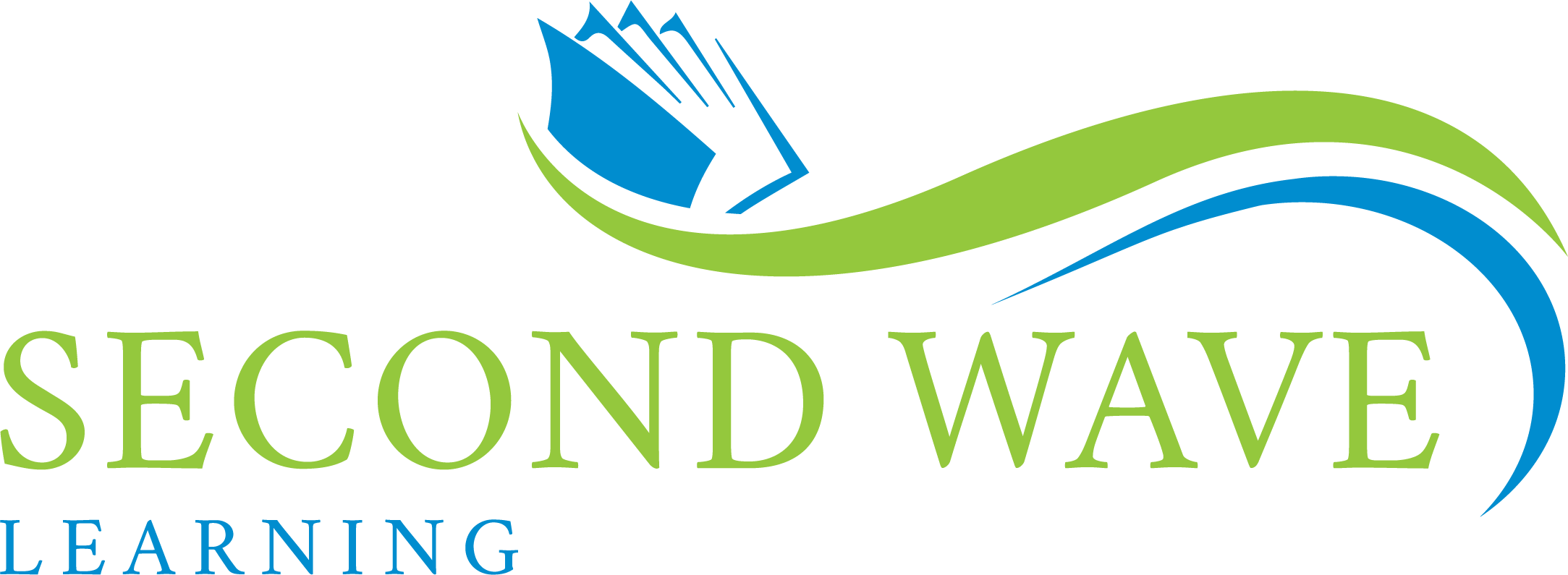August 2023
The prolonged absence from traditional work environments has left many unfamiliar with office etiquette, so much so that nearly half of business leaders report that their organization is offering some form of professional training to their workers. With lessons on communication, dress code, and virtual conduct, these programs aim to bridge the gap in soft skills, especially for Gen Z employees who have limited in-person work experience. (Resume Builder)
While remote work may or may not have led to increased productivity in its own right, the improved work-life balance WFH brings has undoubtedly contributed to some of the highest employee satisfaction ratings in decades. Corporate leaders looking to boost morale may wish to explore tailored remote work policies, allowing for individualized flexibility as it aligns with both company goals and employee preferences. (The Wall Street Journal)
Hybrid and remote work arrangements have disrupted many workers' ability to function efficiently in an open-office setting, leading to cognitive challenges and dissatisfaction among employees who find it hard to focus in a shared environment. Employers who recognize these struggles in their workforce should consider a more flexible work model that prioritizes collaboration in the office while allowing for independent, focused tasks to be completed remotely. (The Wall Street Journal)
A recent peer-reviewed study found that bankers who worked from home showed a lower probability of engaging in financial misconduct than those who worked in an office (a ~7% chance WFH vs a ~38% chance in-office). These results challenge the conventional belief of the office as a hub of ethical behavior, and suggest that isolation from office culture (when it is unethical) may foster greater integrity. (European Financial Management)
A major British trial of the four-day work week was expanded to Canada and the US with positive results: Companies saw dramatic improvements in turnover and morale, all while maintaining overall productivity. These results suggest that a modified work-week could lead to better engagement and retention, but managers must ensure that a new schedule is adapted to accommodate both internal and outward-facing employees. (4 Day Week Global)
The rise of the "triple-peak" workday, where employees take a break in the late afternoon and return to work at night, offers the potential for greater work-life balance, but also requires a reconsideration of team collaboration. The key here is personalization, allowing employees the space to be productive on their terms whenever possible – whether that means accommodating parenting needs, different time zones, or night-time work preferences. (Business Insider)
The latest GAO report reveals that federal agency headquarters are only about 20% occupied across the board, with some offices’ occupancy numbers as low as 9%. The report reflects a longer term trend towards underutilization and privatization that was only exacerbated by the pandemic and shift towards WFH – these latest findings only emphasize the need for federal agencies to evaluate and optimize their office spaces. (The Wall Street Journal)
Video call provider Zoom recently mandated a part-time RTO, highlighting a potential long-term equilibrium for tech firms that maximizes both the benefits of face-to-face interaction and the flexibility of remote communication. While some have dubbed the move “the end of remote work,” reports on the benefits of remote and hybrid work, persistently low office occupancy rates, and the struggles of RTO show that WFH clearly isn’t over yet. (The New York Post)
